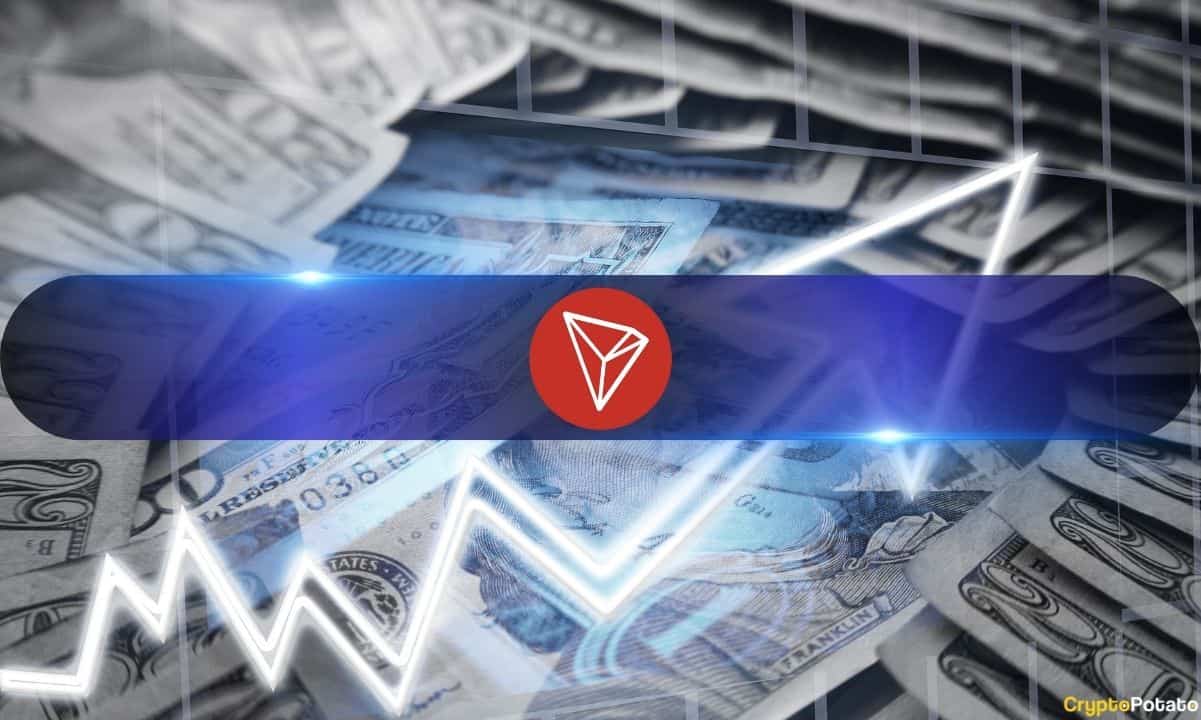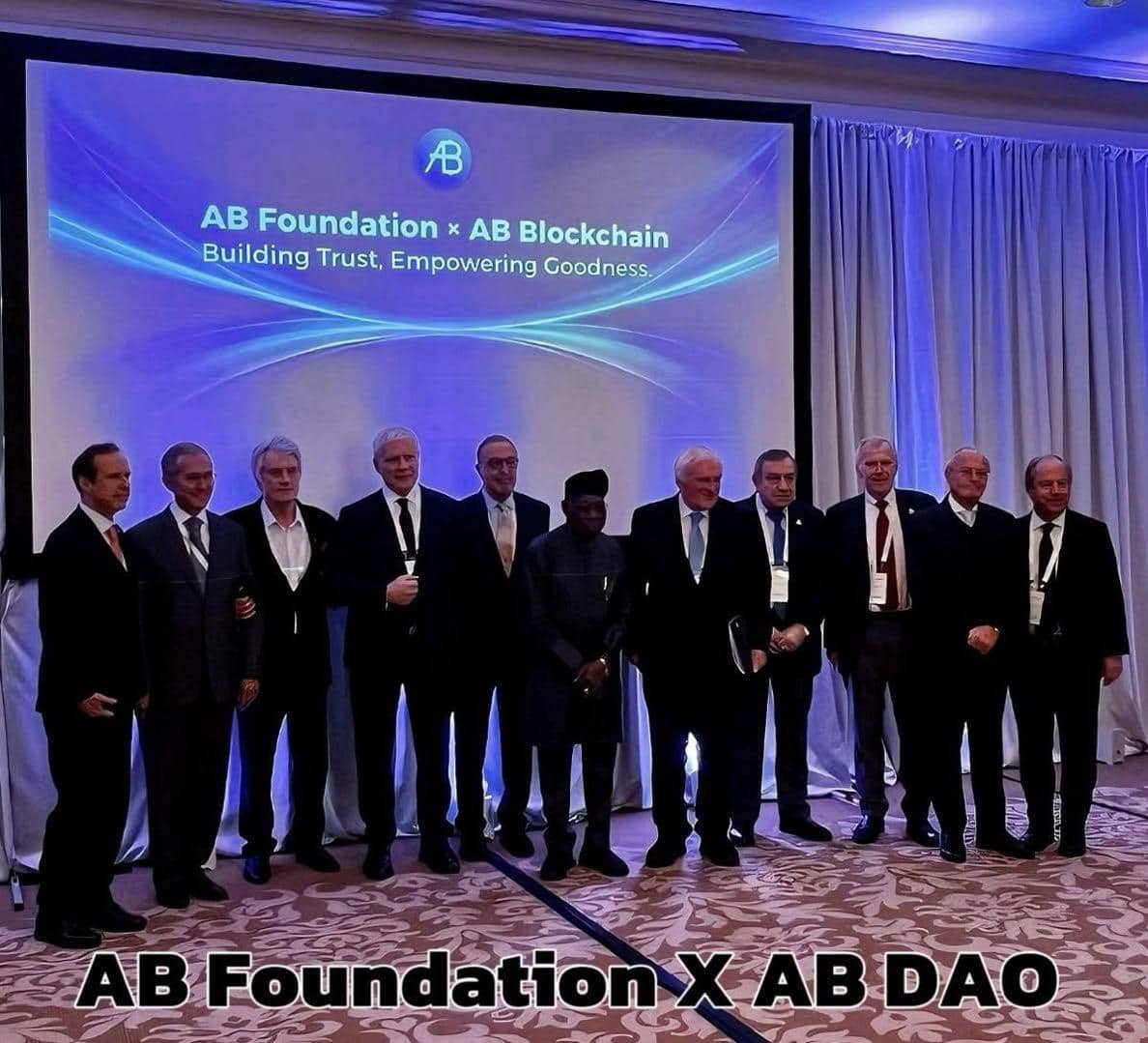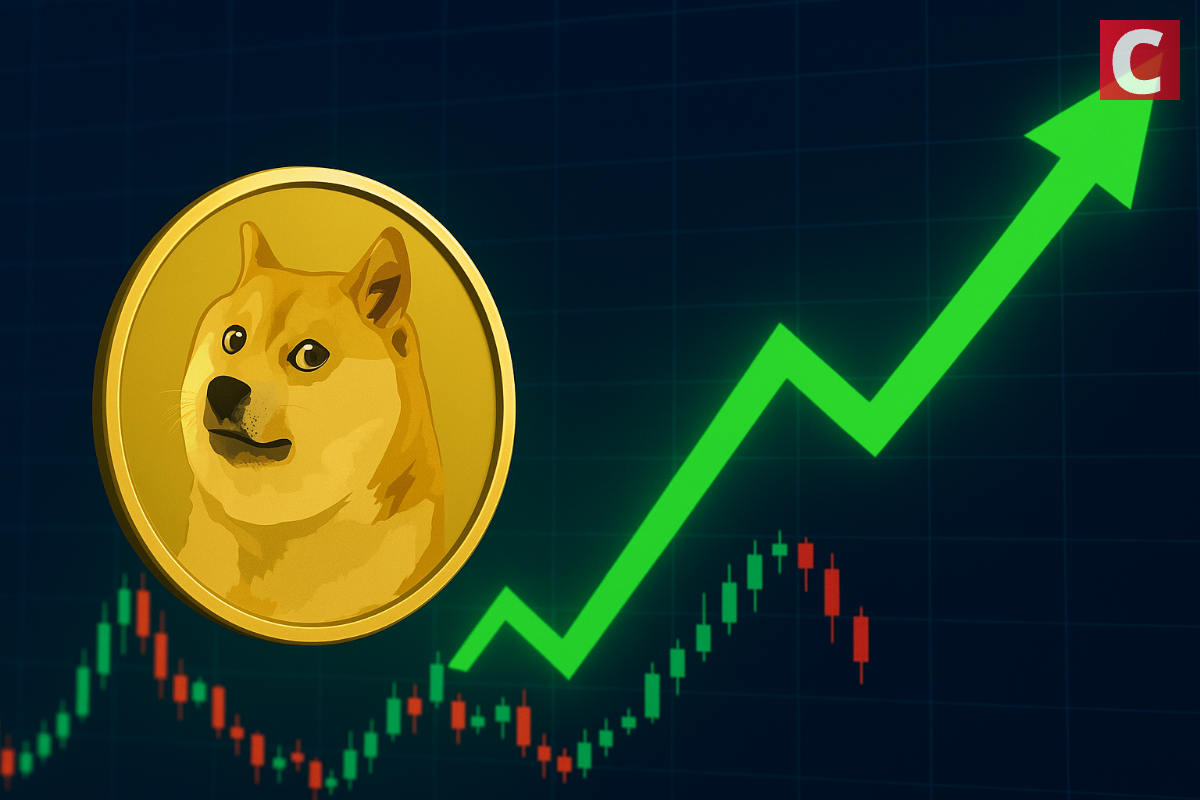 Micro-cap Quantum Resistance Ledger’s QRL token jumps 33% amid quantum concerns for crypto Liam 'Akiba' Wright · 7 seconds ago · 2 min read
Micro-cap Quantum Resistance Ledger’s QRL token jumps 33% amid quantum concerns for crypto Liam 'Akiba' Wright · 7 seconds ago · 2 min read
Quantum-resistant infrastructure gains traction as quantum concerns spotlight cryptographic vulnerabilities.

Cover art/illustration via CryptoSlate. Image includes combined content which may include AI-generated content.
Quantum security concerns continue to ripple through digital asset markets following BlackRock’s recent warning about cryptographic vulnerabilities in Bitcoin and Ethereum, driving renewed attention to quantum-resistant infrastructure.
Quantum Resistant Ledger (QRL), one of the few blockchain networks purpose-built for a post-quantum future, has seen its native token rise over 33% in the past month amid increasing scrutiny of traditional cryptographic models.
The QRL micro-cap token, launched in 2017, has a market cap of just $38 million. It hit its all-time high in 2018 with a price of $3. Currently, it sits at $0.58 with limited exchange listings on MEXC and three other low-volume exchanges.
Increase in quantum resistance narrative
QRL’s surge comes less than four weeks after BlackRock’s May 9 amendments to its iShares Bitcoin Trust (IBIT) and Ethereum Trust (ETHA) filings, which expanded the quantum computing risk language to caution that future advances “could result in losses to Shareholders.”
The risk disclosure arrives during a period of accelerating breakthroughs in quantum computing. Google’s Willow processor, introduced in December 2024, demonstrated exponential error-rate reduction across logical qubits, while Microsoft’s February 2025 unveiling of Majorana 1 marked the first chip explicitly engineered to support a million-qubit scale.
These developments have compressed expectations around the practical timeline for scalable quantum computers.
The stakes intensified last month when Google Quantum AI disclosed it had reduced the barrier to breaking RSA-2048 encryption, an algorithm widely used in blockchain and internet security, to fewer than one million error-corrected qubits.
This shift down from previous 20 million qubit estimates positions large-scale decryption within the reach of commercial quantum hardware sooner than anticipated. Per The Quantum Insider, the method would require an estimated 6.5 billion Toffoli gates and a five-day runtime.
Investor response has been swift. Quantum computing startups attracted $1.25 billion in Q1 2025 alone, a 128% increase year-over-year, reflecting a pivot from experimental research to applied development.
Amid this funding influx, QRL has gained renewed attention for having implemented post-quantum cryptography from inception. Launched eight years ago with a focus on hash-based XMSS signatures, QRL’s architecture is designed to withstand the cryptanalytic capabilities expected from large-scale quantum machines.
Why is QRL pumping?
Project Zond, QRL’s next-generation protocol currently in public testnet, aims to extend these protections to Ethereum-style smart contracts and DeFi applications. The system integrates quantum-safe address schemes and is being positioned as a platform for layer-2s to build on without needing future migration.
QRL is a member of both the Linux Foundation’s Post-Quantum Cryptography Alliance and the Public Key Infrastructure Consortium, aligning it with broader industry movements to secure digital infrastructure before quantum decryption becomes viable.
“It is now no longer controversial to say that all blockchains that exist by 2035 will have to be post-quantum secure,” said Iain Wood, QRL’s operations manager.
“Whilst every other blockchain team is trying to retrofit post-quantum security to decentralized ledgers, QRL is building the base on which future L2s can be built, confident in the future-proof nature of this Quantum Safe Layer 1.”
While other networks evaluate quantum-resistant design, the protocol’s relevance is compounded by the absence of universal migration pathways across existing chains.
Upgrades involving address format changes and signature schemes introduce compatibility challenges and user coordination risk, particularly across DeFi ecosystems with composability dependencies.
With quantum disclosures now appearing in fund prospectuses and breakthroughs making theoretical threats more tangible, market participants are reevaluating the timeline for quantum preparedness.
QRL’s recent price movement reflects renewed confidence from speculators seeking assets structurally immune to cryptographic disruption, as industry discourse transitions from if to when legacy cryptography may be rendered obsolete.


















 English (US) ·
English (US) ·